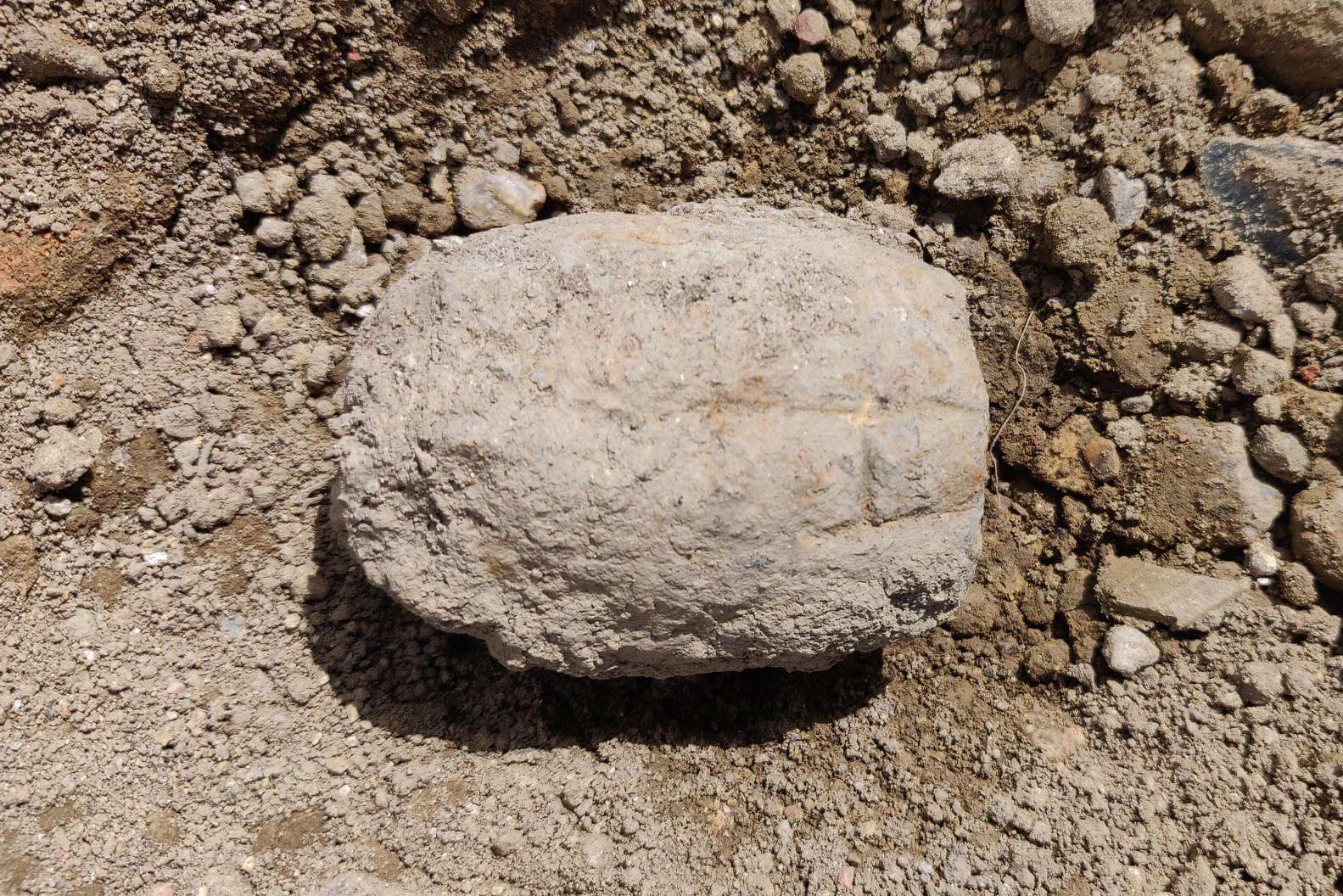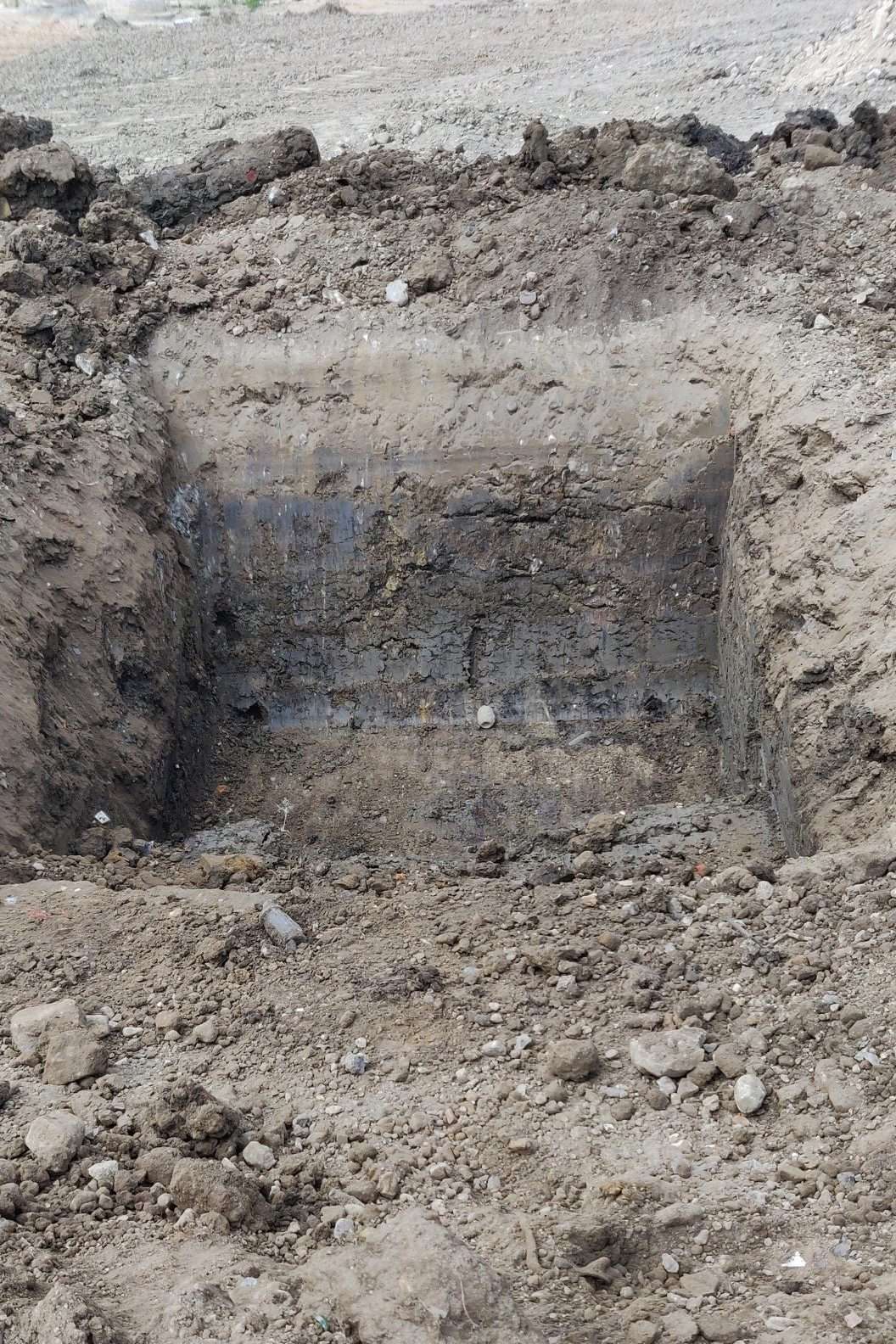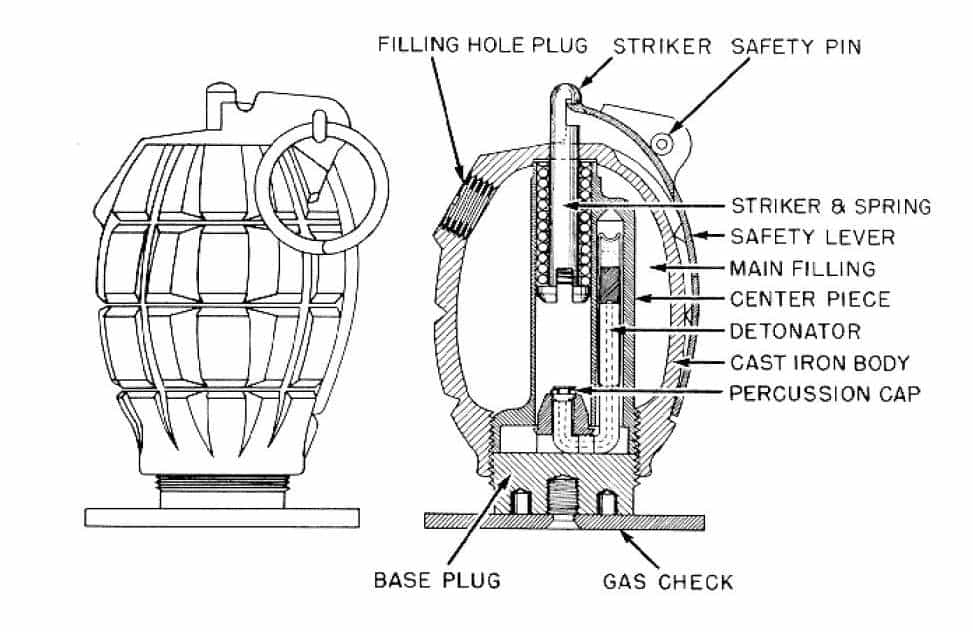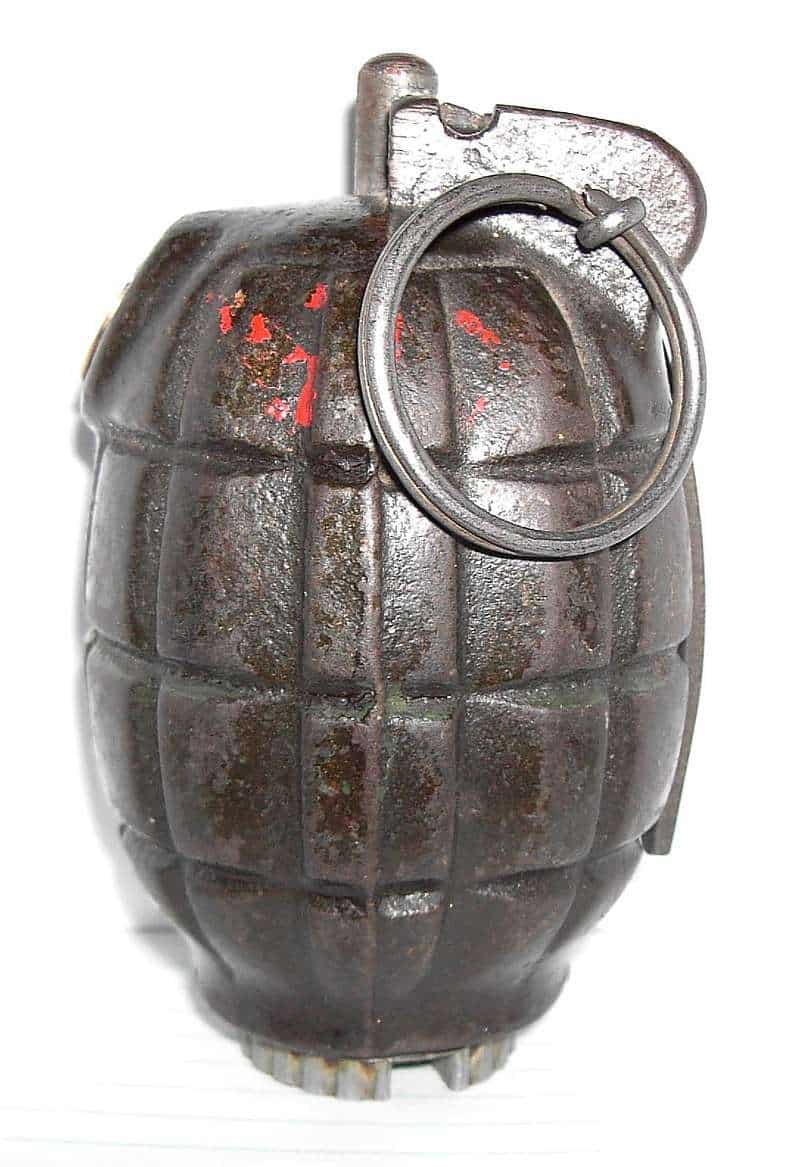In 2019, 1st Line Defence were contacted by one of our regular clients who had come across what they thought might have been an old bomb shell on a construction site they were working on in Kent.
The client did exactly the right thing by stopping ground works, setting up a cordon around the item and calling the local authorities. The army representative who visited the site confirmed the item was unexploded ordnance, it was a projectile and although it was degraded, it still had the potential to cause serious injury. The EOD unit disposed of the item in a remote corner of the site.
Following on from this we undertook a Detailed UXO Risk Assessment of the site to see if the area had any unusual or military-related history. We identified a number of army camps that were mapped in the locale during WWII, and a Heavy Anti-Aircraft Battery had been located to the south.
The site was part of a former brick works and it appeared to have been used as part of a disposal area. It was not uncommon for areas such as brick works to be utilised and/or requisitioned by the military for training exercises or bomb disposal – as they were often well suited for such tasks.
During some UXO Support we were providing, one of our UXO specialists recently identified a suspicious item on-site – ground works were stopped and the item was found to be a ‘live’ No. 36 Grenade. Our client set up a cordon and liaised with the police/army to coordinate its safe removal and disposal.
Image showing a No. 36 WWII Grenade which was uncovered by 1st Line Defence during support works on a residential development in Kent. Image source: 1st Line Defence.
The ground works are now ongoing and it will be interesting to see if any other items of unexploded ordnance are discovered over the weeks ahead.
Digging area where a No. 36 WWII Grenade was discovered by 1st Line Defence during support works on a residential development in Kent. Image source: 1st Line Defence.
History of the No. 36 ‘Mills’ Grenade
The No. 36 Grenade is possibly one of the most iconic and recognisable grenade types. Also known as a ‘Mills’ Grenade, it was first introduced in 1915, and its classic grooved ‘pineapple’ design was designed to provide uniform fragmentation and good grip – and it remained the standard British frag grenade until 1972.
Image showing a schematic diagram of the workings inside a No. 36 WWII Grenade.
Earlier Mills Bombs included the No. 5 (hand use only) and No. 23 (rod grenade capacity). They were produced in their millions (reportedly seventy-five million by 1916 alone), and as a result, they are one of the more common items of unexploded ordnance that are discovered on old military sites, or areas used historically by the armed forces.
Image showing an example of a No. 36 WWII Grenade. Please note that there are many variants of the No. 36 Grenade and some versions may vary.
Looking for UXO Support?
If you encounter a suspicious item on a construction site or even whilst digging in your back garden, the most important thing is not to touch it. Move everyone away from the area and contact a UXO Specialist or call the Police.
1st Line Defence provide a range of UXO Services serving the UK and overseas. If you would like more information or general advice about our UXO Risk Assessments, contact one of our friendly Sales Team on +44 (0) 1992 245020 or email info@1stlinedefence.co.uk and we’ll be happy to help.















